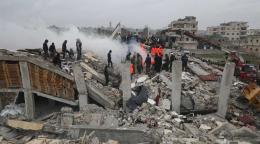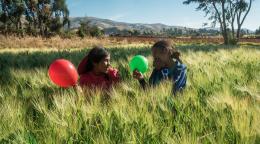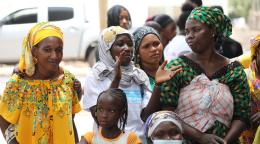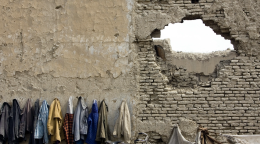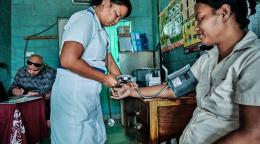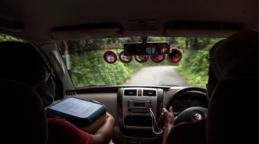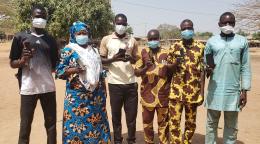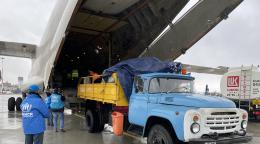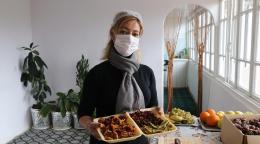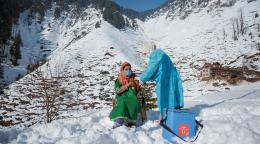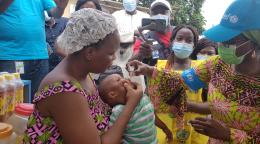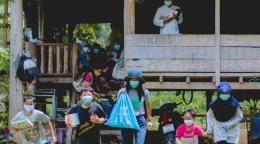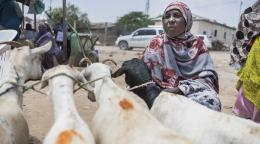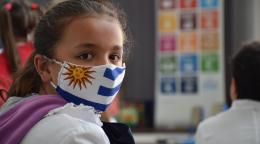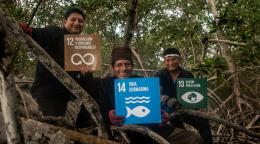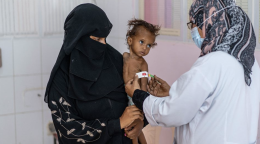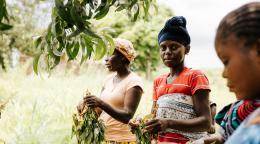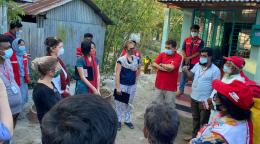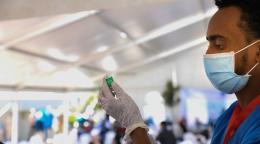Over 3 million people impacted by 'worst drought in 40 years' in Ethiopia's Somali Region
In March of this year, 60-year-old Zeineba from the Somali Region of Ethiopia was forced to make a difficult decision: to leave her neighborhood behind and move to another village to save her and her family’s lives.
The severe drought has impacted the lives of more than three million people in Somali Region. Women like Zeineba have lost their livelihoods and have been forced to move to places where they can receive humanitarian assistance from local people, government and humanitarian organizations.
Like other pastoral areas, livestock are essential to the livelihoods for the large majority of people in Somali Region. The income generated through sales at local markets is a key means of survival.
“My livestock perished from lack of water and pasture, and could not survive the harsh drought anymore. It is painful,” lamented Zeineba.
As the situation worsened, Zeineba, a mother of seven, started the arduous journey on foot with her all children. After several days she managed to reach Higlo humanitarian site for Internally Displaced Persons.
The humanitarian situation has deteriorated in 10 zones across the region following three consecutive below average rainy seasons in 2020 and 2021, affecting an estimated 3.5 million people (55% of the region’s population.) According to the Regional Government’s Drought Response Plan over 3.1 million people are facing food shortages due to the ongoing drought.
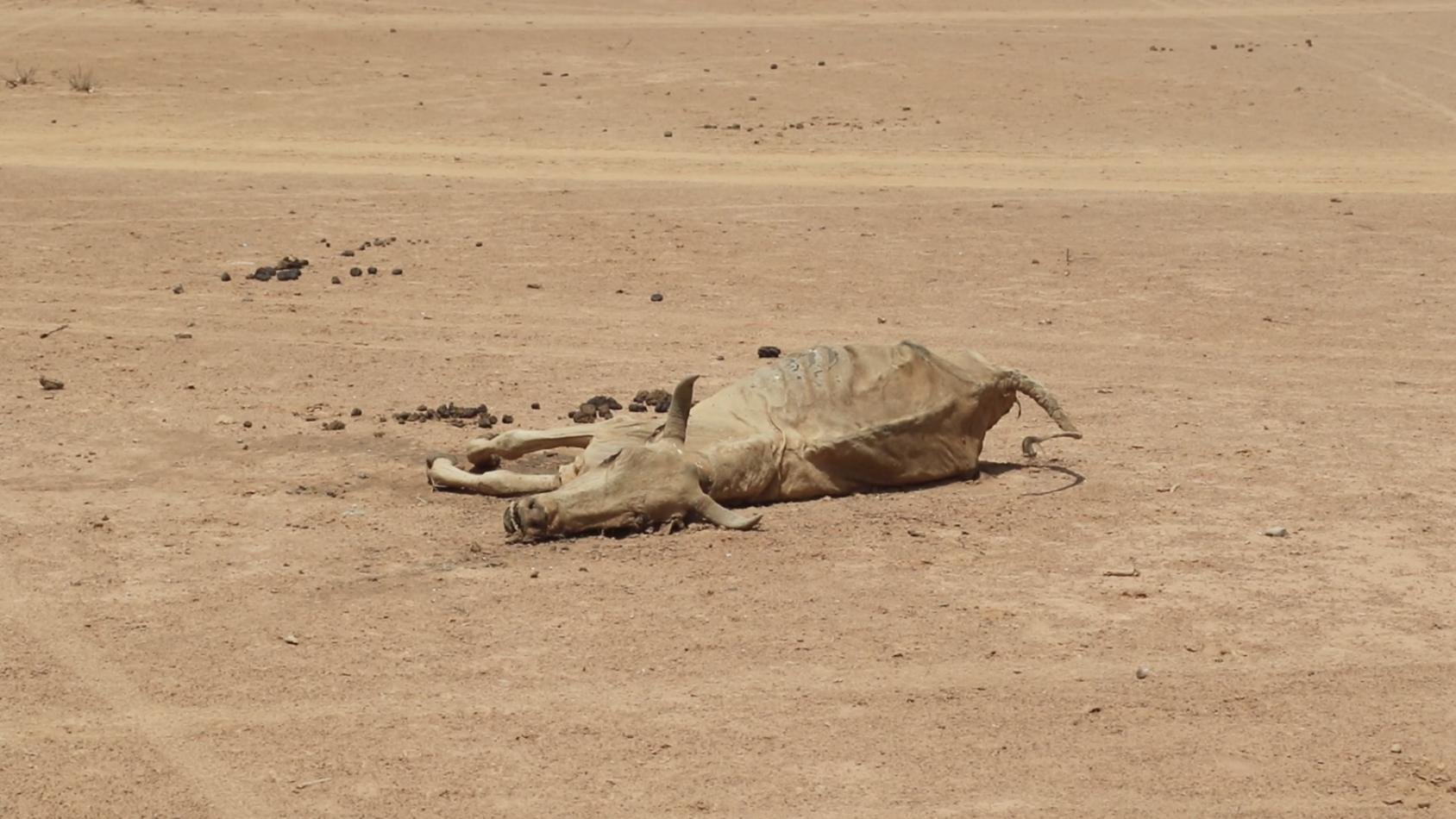
“This is the worst drought in forty years,” says President of Somali Region, Mustafe Mohammed Omer.
“The government responded on time to the immediate impact of the drought by providing humanitarian assistance. We will also continue to work assiduously to mitigate the effect of the drought on the people. But the situation is dire. Responding to the increasing needs requires huge resources. Putting all the resources of the region to the drought response will also derail ongoing large-scale development initiatives that have long-term and transformative effects for our communities,” he explained.
The drought has significantly increased humanitarian needs across the region and has led to a growing number of internally displaced persons like Zeineba.
According to the Drought Situation and Response Update recently issued by the Office of the Somali President, an estimated one million livestock have also died across 10 drought-affected zones. More are expected to perish in the upcoming rainy season due to expected increases in disease. Livestock across the region are in poor physical health. Vaccination campaigns and livestock feed are urgently needed to save the core breeding stock.
The United Nations, along with international and local NGOs on the ground are supporting families affected by the drought by providing food, water, nutrition, shelter and other non-food needs. The UN is also supporting longer-term government and community efforts to build resilience in the region and to help mitigate and prevent the severity and impacts of future droughts.
Late last month, the Ethiopia Humanitarian Country Team (HCT), led by the UN Resident and Humanitarian Coordinator, Dr. Catherine Sozi, conducted a field visit to Shabelle, one of the 11 zones in Somali Region which has suffered from drought.
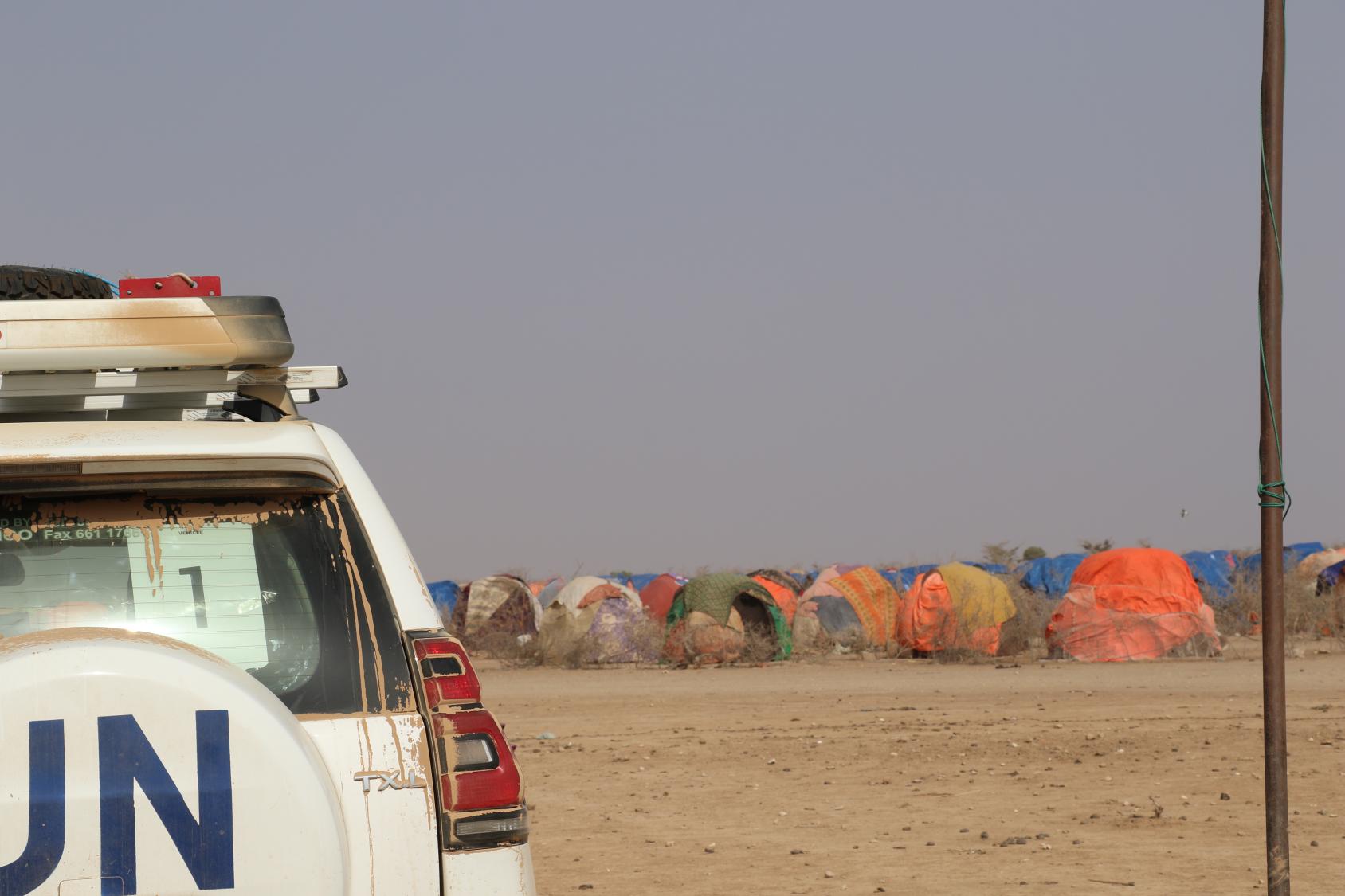
In coordination with the President of Somali Region, regional and local authorities, and other UN agencies including FAO, UNICEF, WFP and WHO, the UN Ethiopia Country Team provided essential humanitarian relief in Shebelle Zone and also identified other key challenges facing the region.
With the rainy season approaching, flooding poses another serious risk to communities like Zeineba’s, which have already been impacted by the drought. More funding is required to address these growing challenges and to support affected populations, including internally displaced persons and host communities.
Zeineba doesn’t know when she will return to her home village and how she will ever retrieve her livestock. Like others who have left their homes, Zeineba’s future remains uncertain.
As the drought persists, the UN is working to enhance its coordination with partners on the ground and scale up its response to the dire humanitarian situation.
This story was written by Getachew Dibaba, Associate Development Coordinator at UN Ethiopia. A version of this story was also published on UN News. Editorial support provided by the Development Coordination Office. For more about the UN's work in Ethiopia, please visit: Ethiopia.un.org.
